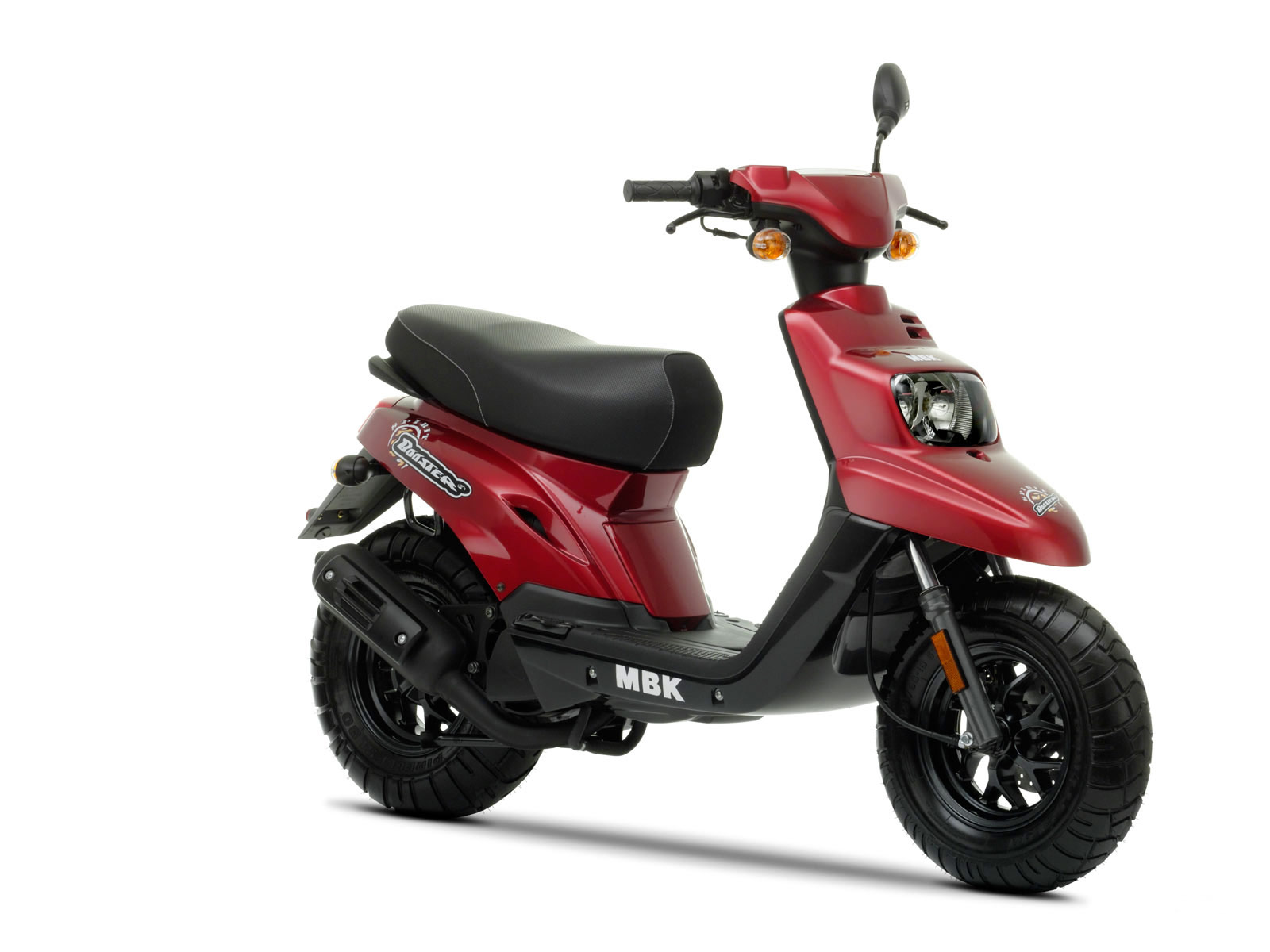Tsunami is a bigger, better brother to the. It starts with the same polyphonic WAV file playback engine, then adds a bunch of new features. • First, Tsunami features eight analog outputs, which can be configured as either eight mono outputs or four stereo outputs. • In stereo mode, it can simultaneously play 18 stereo WAV files. • In mono mode, it can play back 32 mono WAV files.
The sound of a motorbike driving. Keywords: motor bike, passing. Starting up, idling and shutting off.  Keywords: engine, ignition, noise.
Keywords: engine, ignition, noise.
List download link Lagu MP3 DESCARGAR CYBERLINK POWERDVD 9 ULTRA FULL PlanetLagu - Download MP3, Lirik Lagu dan Berita Musik PlanetLagu adalah situs download lagu MP3 gratis di Indonesia untuk menambah koleksi musik Anda, lirik lagu terbaru & berita tentang musik setiap hari. Descargar dvdfab 9 full gratis en espaol.
• Mono mode also offers a track synchronization option, which allows for playback of multichannel content, including quadrophonic, 5.1 and 7.1 surround formats. • Tsunami also features a stereo audio input that can be mixed into any combination of the outputs. • Each output provides independent, real-time volume control and pitch bend.
• WAV files can be independently mapped to outputs. • Up to 4,096 WAV files can be indexed and played off a microSD card. • Tracks can be triggered via three different interfaces. • There are 16 onboard inputs that can be tied to switches or logic-level devices. • The FTDI-compatible footprint allows serial control from a computer or microcontroller. • There are onboard MIDI input and output circuits --- just add DIN-5 sockets. • Tsunami offers low latency.
Tracks typically start within 8 mSec of a trigger event. • Detailed track control --- tracks can start, pause, resume and stop, and loop seamlessly.
• Firmware can be easily loaded from the SD card, which facilitates switching between stereo and mono playback modes, as well as upgrading as new features are released. Tsunami was developed in collaboration with. A portion of each sale goes back to them for product support and continued development. This guide will show you how to start using Tsunami.
We'll start by putting.WAV and configuration files on a microSD card, then pop it in Tsunami, then trigger sounds across multiple outputs. Required Materials To follow along with this project tutorial, you will need the following materials: Tools You will also need a microSD card reader and a set of headphones or multimedia speakers. Suggested Reading If you aren't familiar with the following concepts, we recommend checking out these tutorials before continuing. • Robertsonics has a more detailed.
If this SparkFun guide doesn't have the information you're looking for, check there. • Robertsonics also releases a cross-platform utility for generating Tsunami configuration files and new firmware files. All of these can be downloaded from Robertsonics' page. Major Tsunami Subsystems. • MicroSD card slot. We've had the with Class 4 and Class 10 cards.
• Micro-B USB port for power input. • Reset switch. Used to reinitialize Tsunami, particularly after swapping the SD card. • 3.3V FTDI-style serial interface. Tsunami can be controlled using a PC, or an external microcontroller.
• Atmel ATSAMS70N20 Cortex M7 microcontroller. The brains of the whole operation! • 0.1 inch header power input.
Connect an external supply of 5--15 VDC here. • 16 trigger inputs. Used to control WAV file playback.
Each has an adjacent ground pad to make connecting switches easier. • Stereo audio input. Can be mixed to any combination of outputs. • Audio outputs, configurable as four stereo outputs or eight mono outputs. Again, each output has an adjacent ground pad to facilitate wiring. • MIDI input and output ports. Just add 5-pin DIN connectors for MIDI.